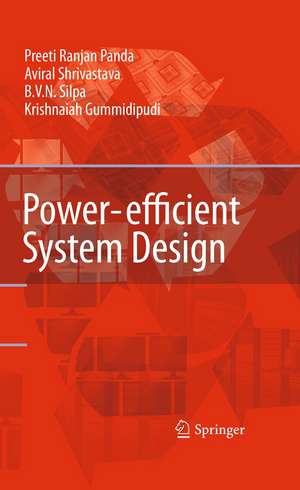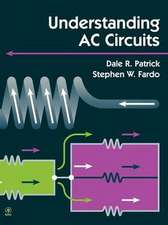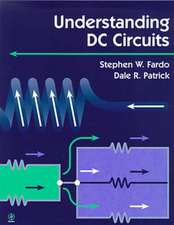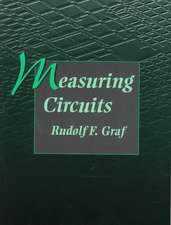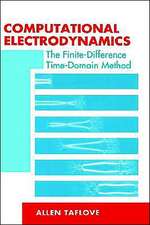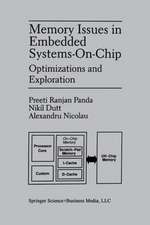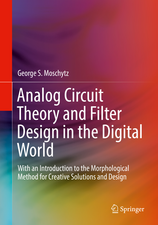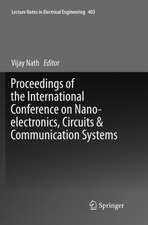Power-efficient System Design
Autor Preeti Ranjan Panda, B. V. N. Silpa, Aviral Shrivastava, Krishnaiah Gummidipudien Limba Engleză Paperback – 21 noi 2014
| Toate formatele și edițiile | Preț | Express |
|---|---|---|
| Paperback (1) | 584.01 lei 38-44 zile | |
| Springer Us – 21 noi 2014 | 584.01 lei 38-44 zile | |
| Hardback (1) | 646.43 lei 6-8 săpt. | |
| Springer Us – 17 sep 2010 | 646.43 lei 6-8 săpt. |
Preț: 584.01 lei
Preț vechi: 758.46 lei
-23% Nou
Puncte Express: 876
Preț estimativ în valută:
111.75€ • 116.97$ • 93.01£
111.75€ • 116.97$ • 93.01£
Carte tipărită la comandă
Livrare economică 27 martie-02 aprilie
Preluare comenzi: 021 569.72.76
Specificații
ISBN-13: 9781489973528
ISBN-10: 1489973524
Pagini: 264
Ilustrații: X, 253 p.
Dimensiuni: 155 x 235 x 14 mm
Greutate: 0.37 kg
Ediția:2010
Editura: Springer Us
Colecția Springer
Locul publicării:New York, NY, United States
ISBN-10: 1489973524
Pagini: 264
Ilustrații: X, 253 p.
Dimensiuni: 155 x 235 x 14 mm
Greutate: 0.37 kg
Ediția:2010
Editura: Springer Us
Colecția Springer
Locul publicării:New York, NY, United States
Public țintă
Professional/practitionerCuprins
Low Power Design: An Introduction.- Basic Low Power Digital Design.- Power-efficient Processor Architecture.- Power-efficient Memory and Cache.- Power Aware Operating Systems, Compilers, and Application Software.- Power Issues in Servers and Data Centers.- Low Power Graphics Processors.
Textul de pe ultima copertă
Power-efficient System Design Preeti Ranjan PandaAviral ShrivastavaB. V. N. SilpaKrishnaiah Gummidipudi This book addresses power optimization in modern electronic and computer systems. Several forces aligned in the past decade to drive contemporary computing in the direction of low power and energy-awareness: the mobile revolution took the world by storm; power budgets forced mainstream processor designers to abandon the quest for higher clock frequency; and large data centers with overwhelming power costs began to play vital roles in our daily lives. Power optimization was elevated to a first class design concern, forcing everyone from the process engineer, circuit designer, processor architect, software developer, system builder, and even data center maintainer to make conscious efforts to reduce power consumption using myriad techniques and tools. This book explores power optimization opportunities and their exploitation at various levels of abstraction. Fundamental power optimizations are covered at each level of abstraction and applied to components such as compilers, operating systems, servers, data centers, and graphics processors. This book covers a comprehensive range of disparate power optimizations and is designed to be accessible to students, researchers, and practitioners alike. •Low power digital design•Low power processor architecture•Power efficient memory and cache design •Power aware operating systems, compilers, and applications•Power issues in large servers and data centers•Low power graphics processors
Caracteristici
Addresses power optimization in modern electronic and computer systems. Explores power optimization opportunities and their exploitation at various levels of abstraction Covers a comprehensive range of disparate power optimizations Coverage includes Low power digital design and synthesis, Low power processor architecture, Power efficient memory and cache design, Software, compilers, and operating systems for power optimization Includes supplementary material: sn.pub/extras
